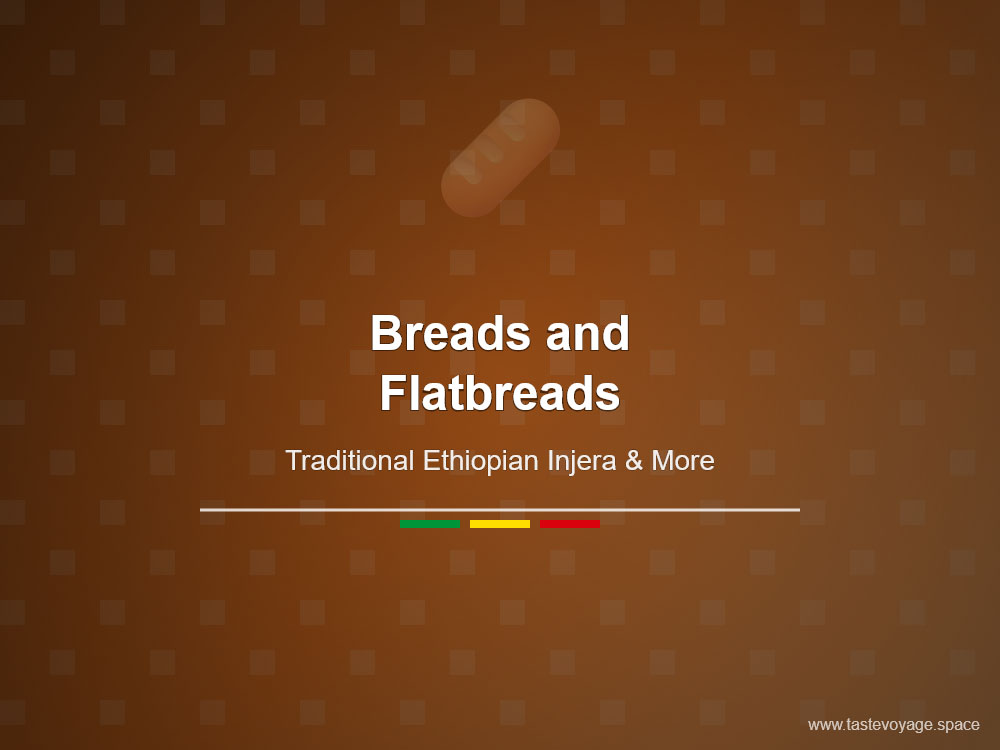Authentic Ethiopian Kocho Bread Recipe – Easy & Delicious
Travel the World Through Food >> Breads and Flatbreads>>Ethiopian Cuisine>> Authentic Ethiopian Kocho Bread Recipe – Easy & Delicious
Authentic Ethiopian Kocho Bread Recipe – Easy & Delicious
Discovering Ethiopian Kocho Bread: A Cultural and Culinary Treasure
Ethiopian Kocho bread, also known as false banana bread, is a fascinating staple in Ethiopian cuisine. It holds a special place in the hearts of many communities, symbolizing tradition, resilience, and cultural identity. This unique bread is more than just food; it’s a reflection of Ethiopia’s rich history and deep-rooted culinary traditions.
The Cultural Significance of Kocho Bread in Ethiopia
In Ethiopian culture, Kocho bread is a symbol of community and continuity. It is traditionally prepared and shared during special gatherings, celebrations, and daily meals. The process of making Kocho involves a communal effort that strengthens bonds and preserves cultural heritage. For many Ethiopians, Kocho is a connection to their ancestors, passed down through generations with reverence and pride. Its presence at the dining table signifies hospitality and the importance of family bonds.
The Culinary Roots of Kocho Bread
Kocho is crafted from the starchy pulp of the false banana plant, scientifically known as Ensete ventricosum. This plant is endemic to Ethiopia and Eritrea, where it has been cultivated for thousands of years. The false banana is not a true banana but a resilient crop that provides vital sustenance in various regions. The process of preparing Kocho involves fermenting and drying the pulp, which results in a dense, flavorful bread that can be stored for long periods. Its taste is subtly tangy, with a comforting texture that makes it versatile for pairing with various Ethiopian stews and dishes.
The Significance of Kocho in Ethiopian Food Culture
Kocho is more than a dietary staple; it is a showcase of Ethiopia’s ingenuity in utilizing natural resources. Its preparation embodies a sustainable approach, making use of the false banana plant’s abundant and resilient qualities. The bread’s versatility allows it to serve as a foundation for numerous traditional foods, such as accompanying spicy lentil stews or spicy meat dishes. Its ability to be stored and served over time reflects Ethiopia’s resourcefulness and adaptation to diverse climates and environments.
Embracing Tradition and Flavor
Ethiopian Kocho bread offers a taste of Ethiopia’s rich culinary landscape. Its distinctive flavor and Traditional Preparation methods make it a unique delicacy. Beyond its taste, it embodies the cultural values of community, sustainability, and respect for tradition. For those interested in exploring authentic Ethiopian cuisine, Kocho serves as a window into a world of time-honored culinary practices that have sustained generations.
In Closing
Ethiopian Kocho bread is a testament to the creative use of natural resources and the importance of food in cultural identity. Its role in Ethiopian society highlights the beauty of sharing food that is rooted in history and tradition. Whether enjoyed during festive occasions or daily meals, Kocho remains a cherished symbol of Ethiopia’s enduring culinary heritage and community spirit. It invites us to appreciate the rich tapestry of flavors and stories that each piece of bread carries, making it a truly special dish worth celebrating.
